Research papers
Below are links to our research papers as individual posts with abstracts, full repository in BTH DiVA portal, and direct link with QR code.
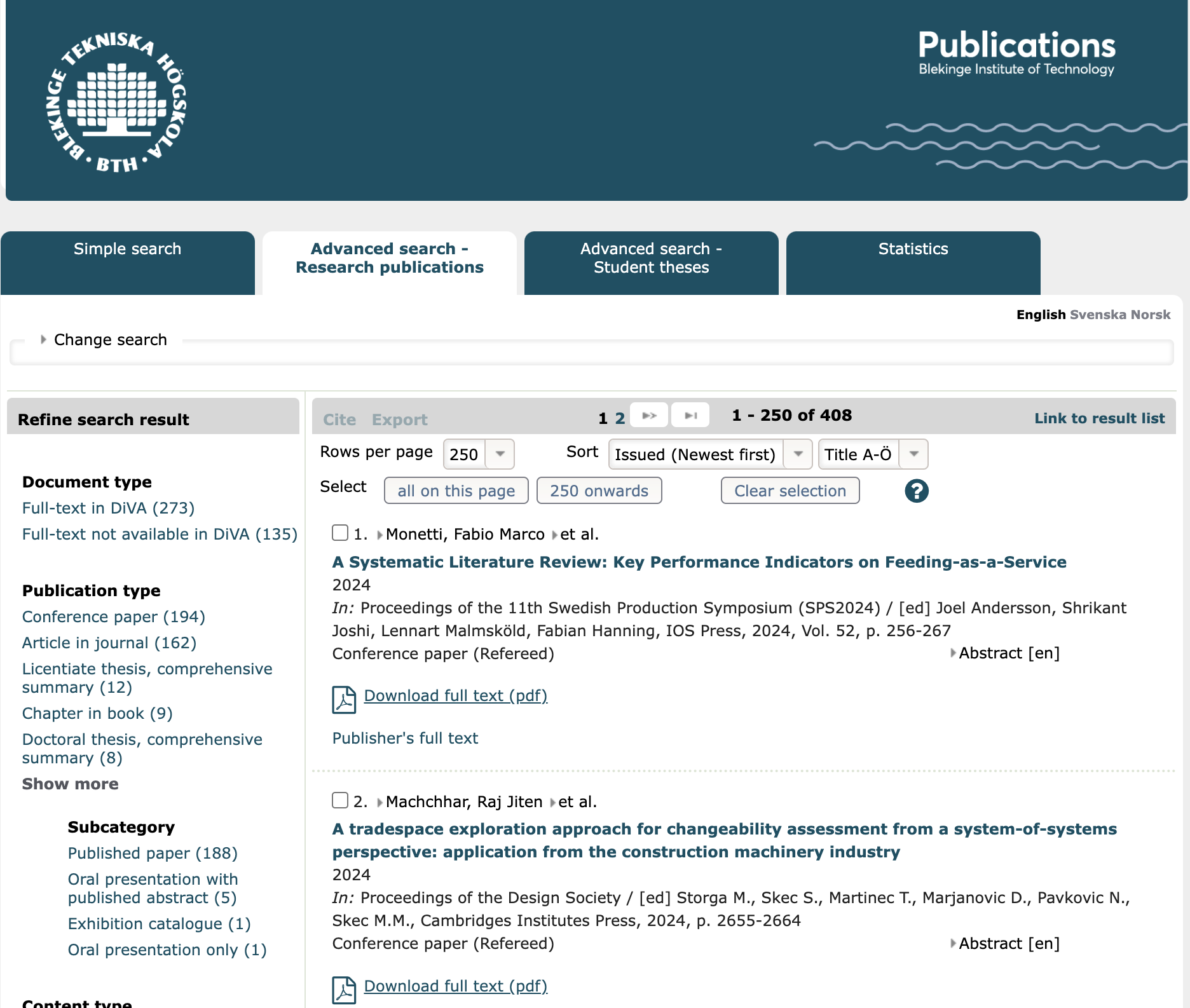
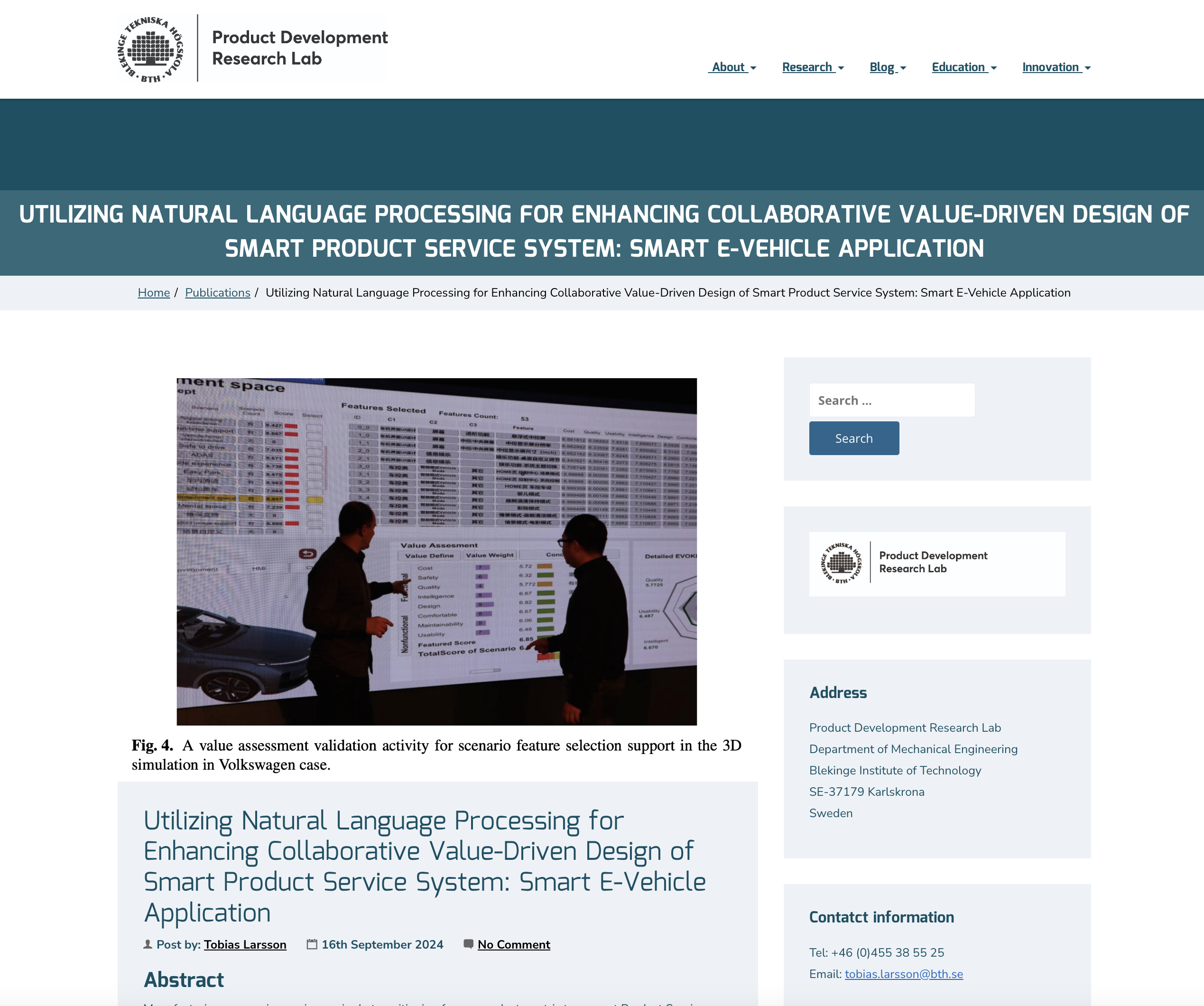

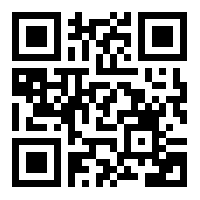
Publication list
15 most recent research articles
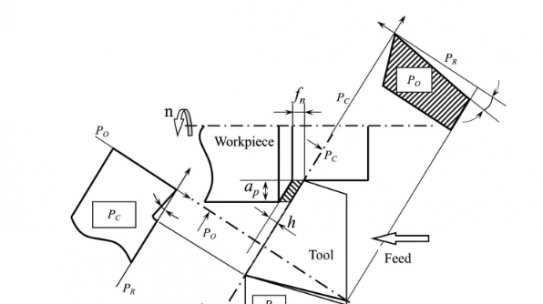
Abstract This study addresses the challenge of modeling flank wear impact on cutting forces in metal cutting. Accurate models are crucial for simulating the cutting process, optimizing insert geometry and monitoring machine tools. The objective is to develop an extended Kienzle-Sağlam force model that considers tool rake angle, uncut chip…
Read more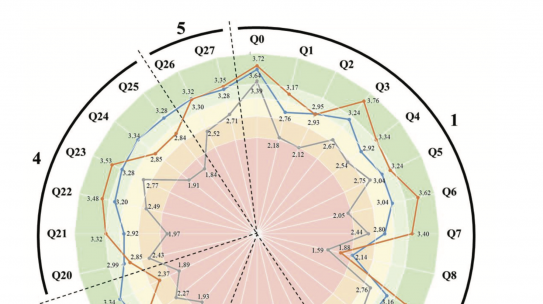
Abstract Manufacturing companies undergo a transformative journey in digital servitization, neces-sitating strategic, tactical, and operational shifts. The existing literature outlines the best prac-tices on this process and examines challenges and opportunities through qualitative empiricalevidence. We enrich the investigation through a quantitative explanatory research approach,employing a survey targeting manufacturing companies from…
Read more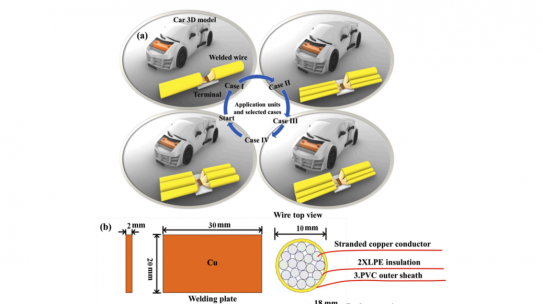
Abstract This work presents four sets of welded multi-wires on Cu sheet (e.g., A-(95/95mm2), B-(35, 35, 25/35, 35, 25 mm2), C-(50, 35, 10/50, 35, 10 mm2), D-(35, 35, 25/50, 35, 10 mm2)) using ultrasonic wire harness welding (USWW). Forming quality of multi-wire joint, examination of microstructures, root gaps influence, fractographic…
Read more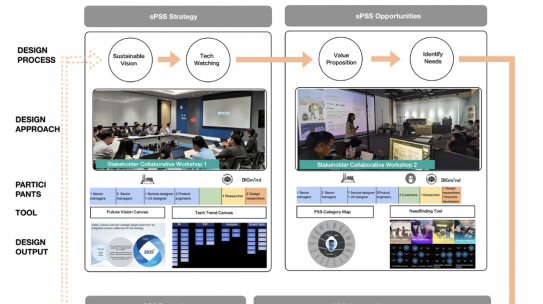
Abstract The Product-Service Systems (PSS) methodology faces new challenges as digital servitisation drives product-oriented companies to integrate digital services into their offerings. A value co-creation strategy and global collaborative innovation are now essential for these companies to develop smart PSS models. This study introduces the Future Innovation Framework (FIF) which…
Read more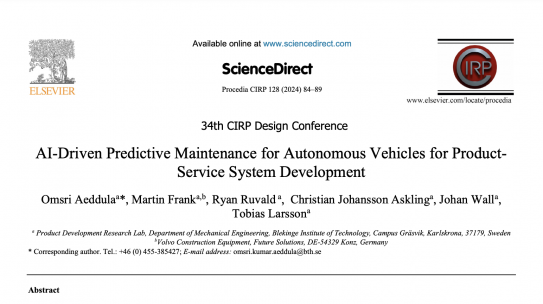
Abstract The paper presents an Artificial Intelligence-driven approach to predictive maintenance for Product-Service System (PSS) development. This study focuses on time-based and condition-based maintenance, utilizing variational autoencoders to identify both predicted and unpredicted maintenance issues in autonomous haulers. By analyzing data patterns and forecasting future values, this approach enables proactive…
Read more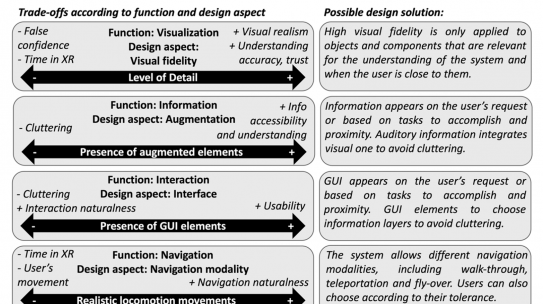
Abstract Extended Reality (XR) technologies are increasingly popular to support the engagement of different audiences and stakeholders with Discrete Event Simulations (DES) due to their capability to deliver more accessible visual and immersive experiences. XR applications can be developed either using modules integrated into DES software or game engines, providing…
Read more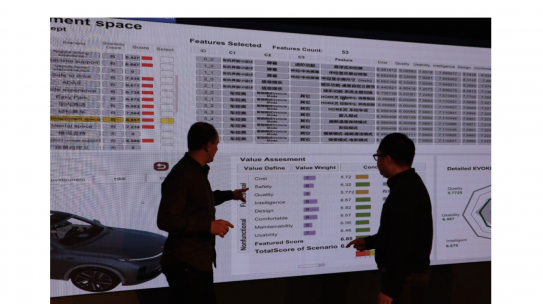
Abstract Manufacturing companies are increasingly transitioning from a product-centric to a smart Product Service System (smart PSS) approach to enhance customer satisfaction, service offerings, and product competitiveness through a combination of usage scenarios and digital components. In the context of Industry 5.0 transformation such as developing the Smart Electric Vehicle…
Read more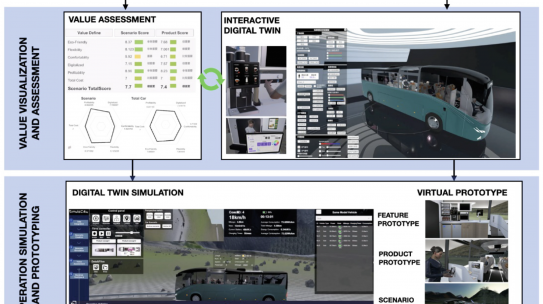
Abstract When bus manufacturing companies move forward in their servitization journey for providing service solutions for tourism industry, there is an increasing need to exploit the prototype way to support the realization of design solutions in the early stages of the Product Service System (PSS) design. Digital twin, a new…
Read more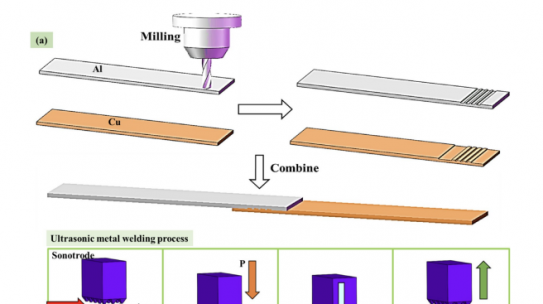
Abstract In this paper, dissimilar aluminum (Al) and copper (Cu) metals were joined together using ultrasonic metal welding (USMW), a solid-state welding technology. From the perspective of increasing the base metal welding contact area, the Cu/Al mating surface was innovatively prepared and ultrasonically welded. A comprehensive analysis was carried out…
Read more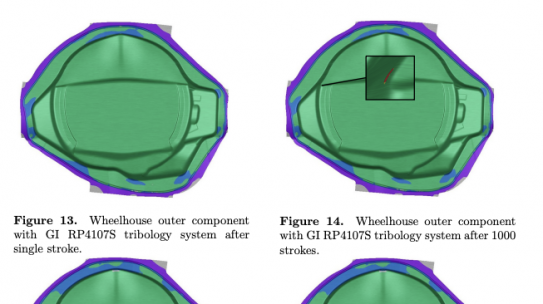
Abstract During the running production of automotive body components drifts in theprocess window is seen causing problems with non-conforming parts. Up until now, these driftshave been counter-acted based on the knowledge and experience of the press line operators.This experience-based process control will however become more troublesome in the future asrecycled…
Read more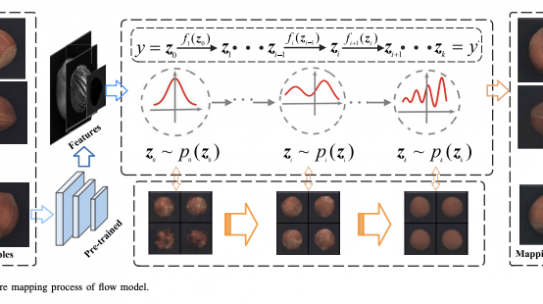
Abstract In the industrial production process, unsupervised visual inspection methods have obvious advantages over supervised visual inspection methods due to the scarcity of defect samples, annotation costs and the uncertainty of defect generation. Currently, unsupervised defect detection and localization methods have demonstrated significant improvements in detection accuracy to find numerous…
Read more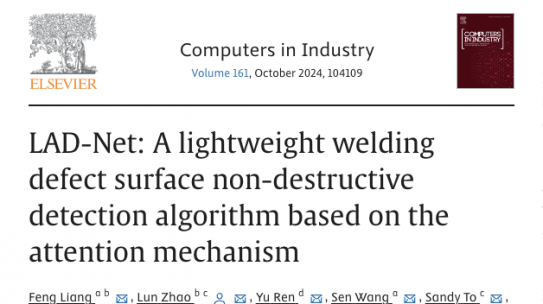
Abstract Ultrasound welding technology is widely applied in the field of industrial manufacturing. In complex working conditions, various factors such as welding parameters, equipment conditions and operational techniques contribute to the formation of diverse and unpredictable line defects during the welding process. These defects exhibit characteristics such as varied shapes,…
Read more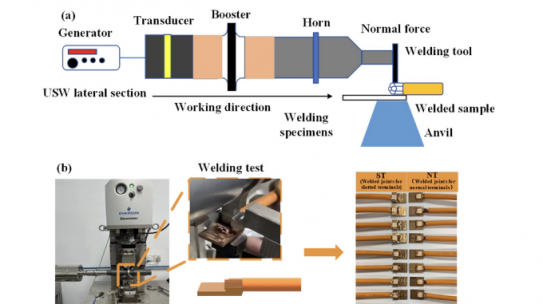
Abstract The ultrasonic metal welding technology is widely promoted as a new connection approach in the field of current energy vehicle wiring harness connection. In the present investigation, low-temperature mechanical properties of slotted and normal terminals were studied. The EVR 25 mm2 copper wires are selected for welding using ultrasonic…
Read more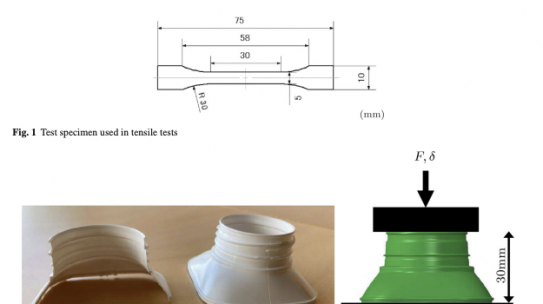
Abstract Stress relaxation of high-density polyethylene is addressed both experimentally and theoretically. Two types of stress relaxation testing are carried out: uniaxial tensile testing at constant test specimen length and compression testing of a 3D structure producing inhomogeneous deformation fields and relaxation. A constitutive model for isotropic, semi-crystalline polymers is…
Read more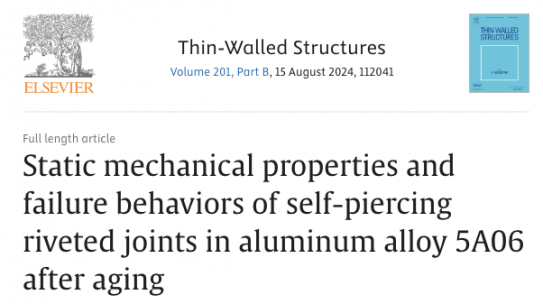
Abstract The ultrasonic metal welding technology is widely promoted as a new connection approach in the field of current energy vehicle wiring harness connection. In the present investigation, low-temperature mechanical properties of slotted and normal terminals were studied. The EVR 25 mm2 copper wires are selected for welding using ultrasonic…
Read more